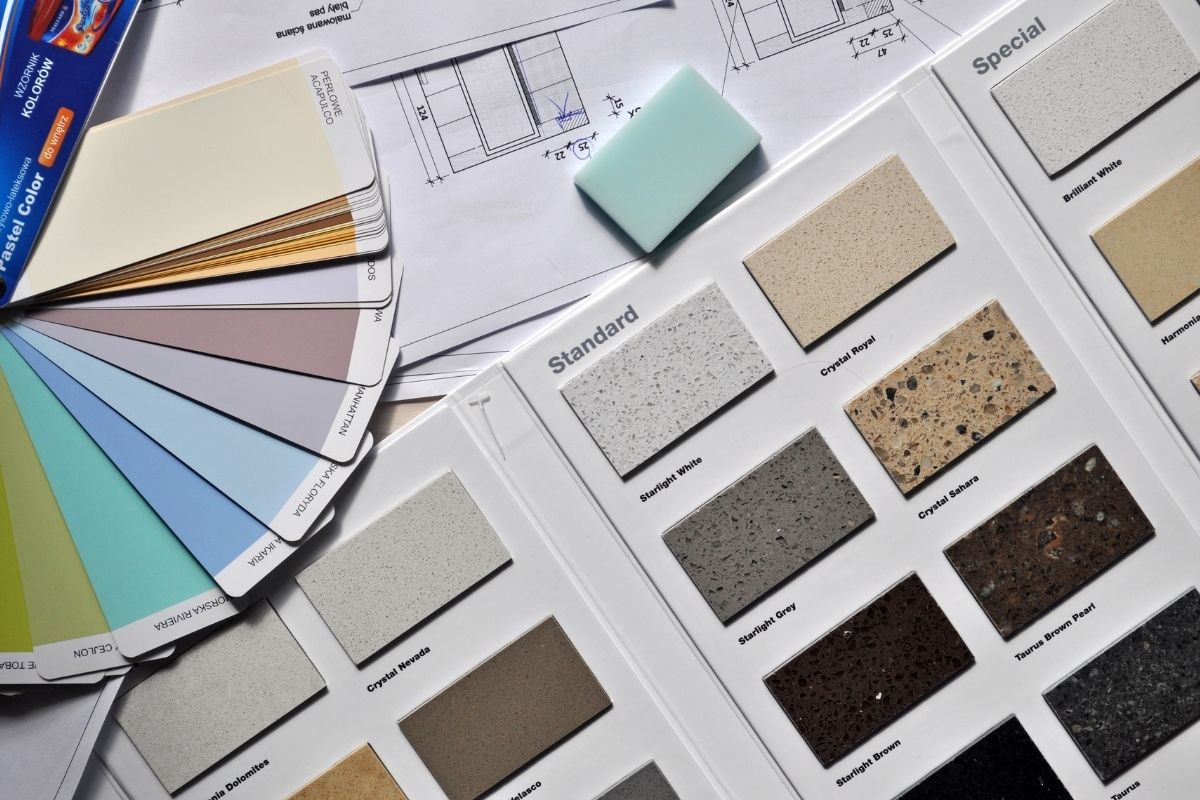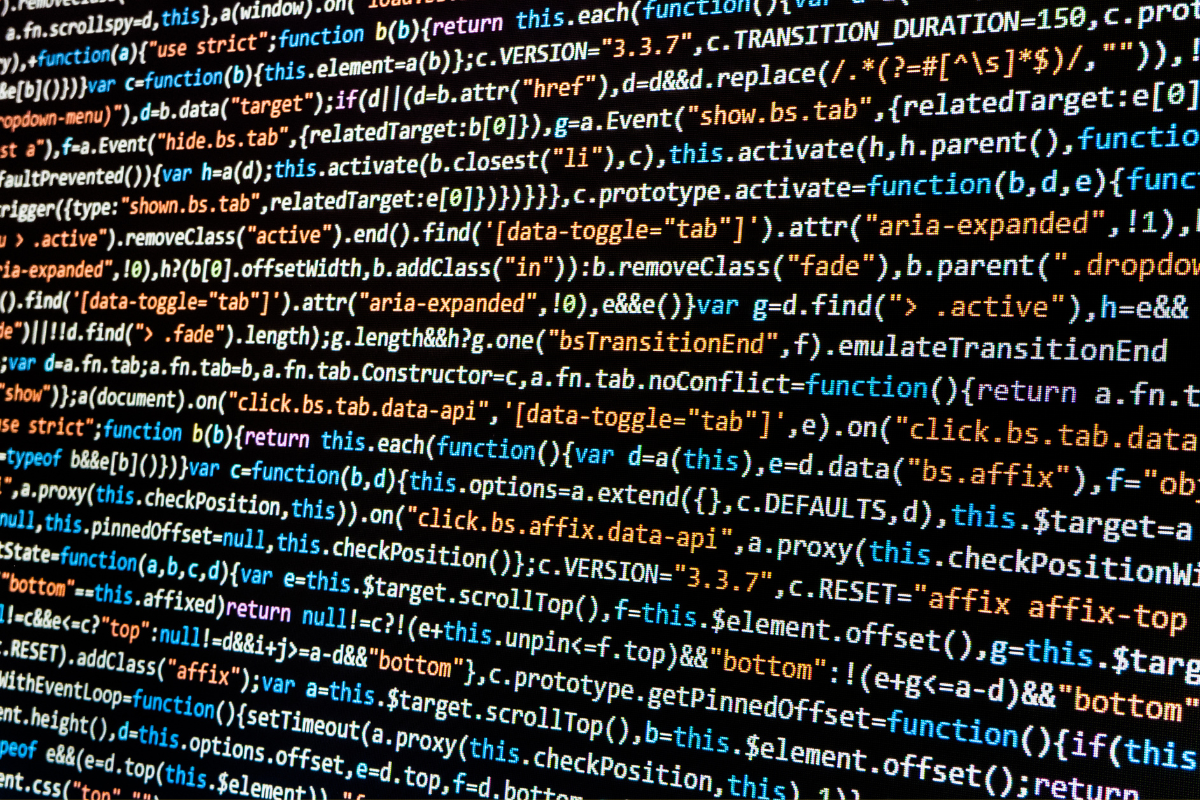What Is Agility in Terms of UI Design?
“An agile workflow is all about iteration and moving quickly”, Camara explains. The best way to go about agility when working on a UI assignment is to implement design sprints. Design sprints are typically two-week spans in which you are to complete as much as possible before moving on to the next sprint. Waterfall, however, is a process that’s based more on phases. So, when carrying out this process, you would then be working through your project by completing each phase at a particular time. Also, there is no specific timeframe for each phase, but as you get through them, you would essentially be making your way through the finish line as well.
Ultimately, agile development refers to the division of labor, the division of milestones, and the kind of path that is taken from A to Z. You can learn about this entire process in detail through online UX design education.
Why an Agile Workflow Is so Beneficial Nowadays
The old-school way of doing it called for designers to take six months, a year, or even three years before having something new to show. And though we can keep that as an ultimate goal, agility proves to us that by conquering smaller milestones on a regular basis, you will always have something fresh to show. In fact, your software might not even be finished, but you can still present some of its workings rather than leaving the engine open until all of the parts are ready. As you develop your UI design, you can say, “Hey, this part of the engine is that”, or “This part of the engine is already done”, allowing your productivity to be known as you work towards the completion of your UX design.
Working little by little will help you to paint the perfect picture or narrative because your creation will be constantly testing itself against the people who will soon be using it.
So, the idea of having something to show, whether it’s your funders, your current group of test users, your classmates, or even an active research group, gives you the unique advantage of receiving consistent input so that you will have a better idea as to which path you’re taking and what it’s meant to do. That kind of invaluable UX feedback will help you stay on track and put you on a greater level of success.



